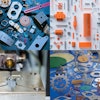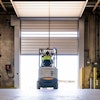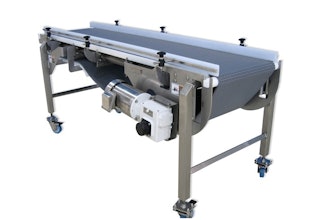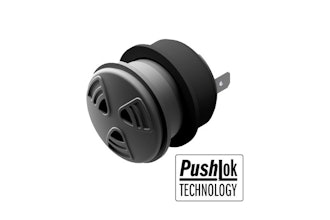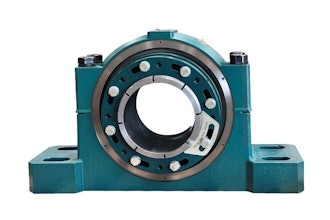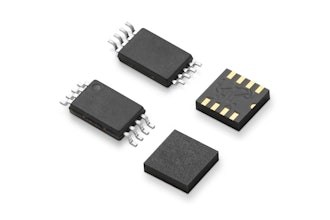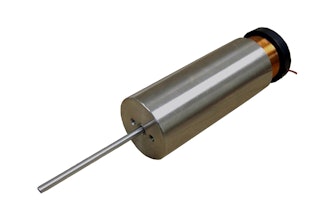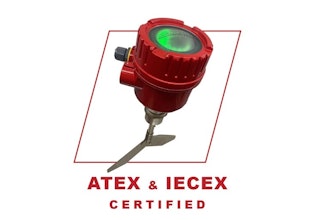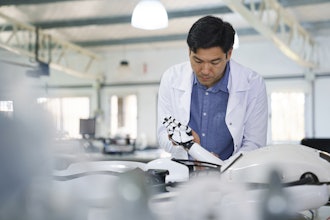If you didn’t know better, first impressions might lead one to believe that curling is simply a more primitive form of bowling, but slower … and on ice. However, as Klaus-Robert Muller, the machine-learning researcher who recently developed Curly, an AI-powered curling robot would attest – it’s a bit more complicated.
Curly, which looks like a snowblower without the handle, uses wheels to help maneuver on the ice and hold the stone, or granite puck used to score. The wheels are powered by a conveyor belt that spins the stone in getting it to flow left or right as it traverses a 100’ lane down the ice.
It’s also equipped with two cameras, one that periscopes up to 7’ to give the robot a view of the house, or scoring area, and another on its face to watch for the hogline, which a thrower cannot cross before firing the stone.
All of the necessary adjustments needed to properly send the stone down the ice comes via Curly’s embedded AI. In many instances, this software algorithm would stem from a series of trials and errors, but the game’s complexities called for a different approach.
So, Muller and team built a game simulation for Curly, which approximated the physics of the real thing. A best guess seemed acceptable because of how factors like ice conditions and the placement of other player’s stones are constantly changing and never identical.
Humans typically deal with some of this uncertainty via a practice throw. So does Curly, which combines with the AI to refine its algorithm.
Curly’s learning ability also needed to involve strategy – such as when to shoot to score or when to try to knock an opponent out of the scoring zone. This was inputted as a matter or risk, with Curly determining the right decision based on the probability of success.
So, before Curly shoots, the telescoping camera and embedded software determine how to aim and spin the stone – contemplating all options before toeing the hogline. Reprogramming between shots takes less than two minutes – allowing Curly to process any necessary adjustments.
The biggest difference between Curly’s shots and those of traditional curlers is that the robot doesn’t work with sweepers – those going ahead of the stone with small brooms to help guide it down the ice.
Regardless of all the variables, Curly is off to a good start, as it recently beat a professional Korean team in three out of four matches.

